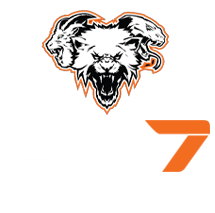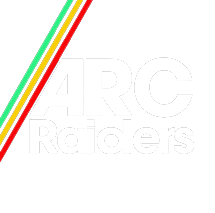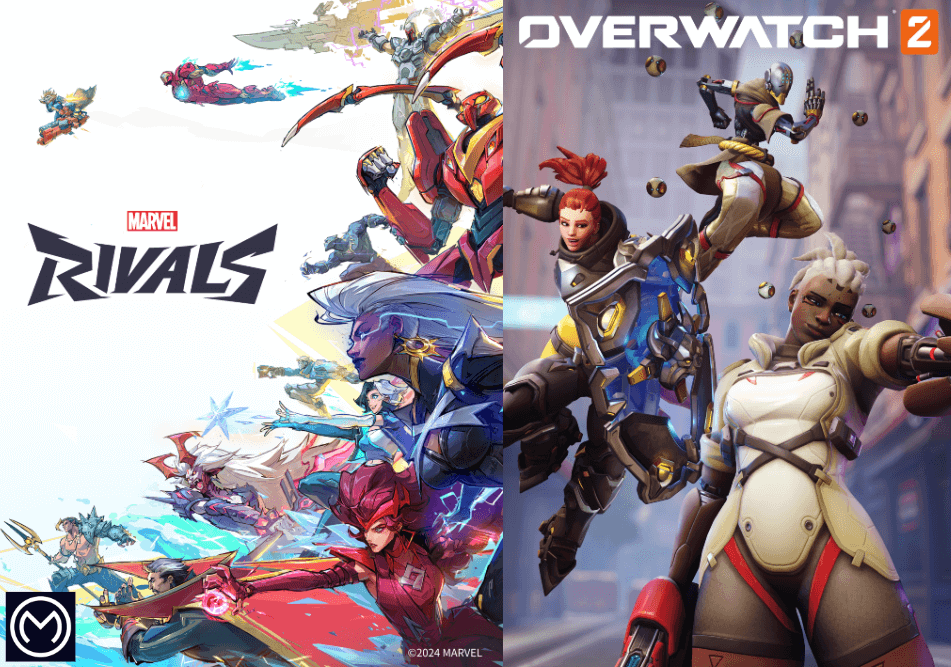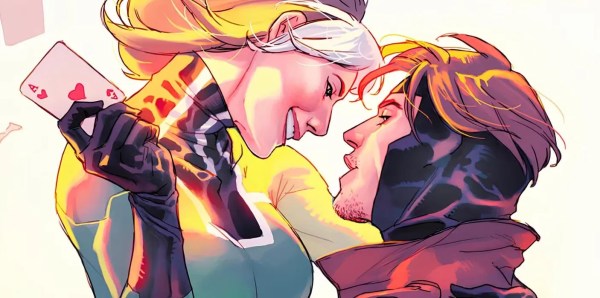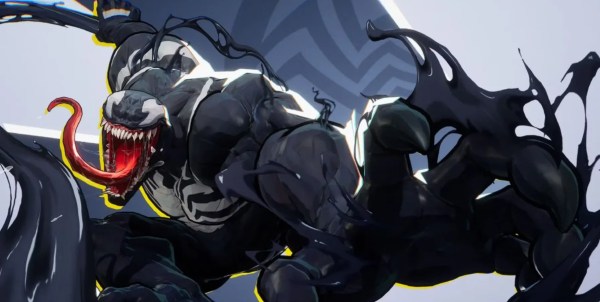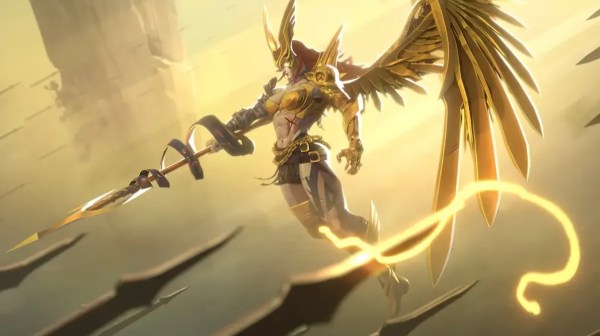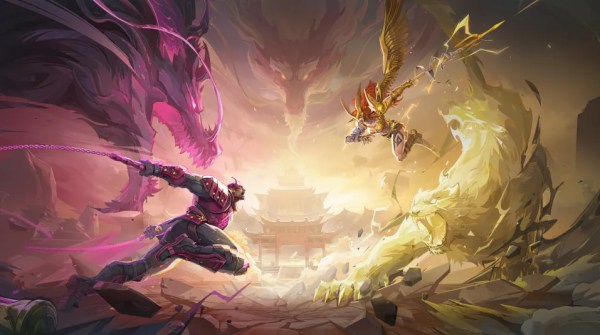Overwatch has long dominated the hero shooter genre, but now, Marvel Rivals has entered the scene. This fresh take on team-based combat has raised a serious question: Is Marvel Rivals everything Overwatch 2 should have been? Comparing Marvel Rivals vs Overwatch 2 reveals how Blizzard’s once-dominant shooter has fallen behind in areas where Marvel Rivals is excelling.
Team-Based Gameplay Done Right
Overwatch 2 reduced team sizes from 6v6 to 5v5, promising more focused gameplay. Instead, it created imbalance, pushing solo carry potential while weakening the strategic depth that made Overwatch 1 unique. In contrast, Marvel Rivals sticks to 6v6 but refines the experience with Team-Up abilities, game-changing mechanics where heroes combine powers to create explosive synergies. This encourages coordination and brings back the grand, chaotic battles that Overwatch fans once loved.
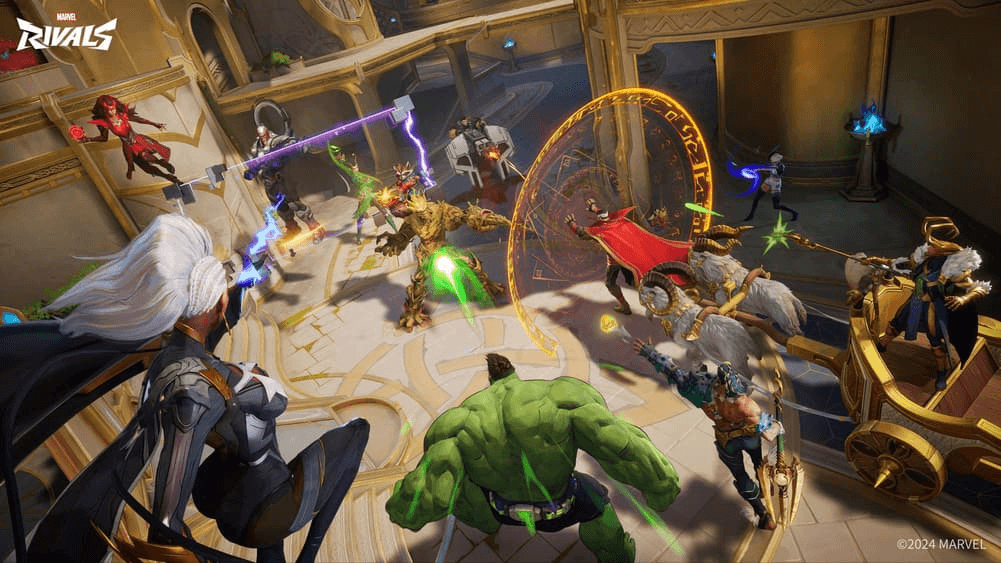
Overwatch 2’s shift forced players to rely heavily on DPS heroes, while Marvel Rivals keeps tanks, supports, and duelists all relevant. Every role matters. The playstyle diversity makes each match feel different, keeping the meta fresh and engaging.
Hero Identity and Balance
Marvel Rivals understands that players love unique, overpowered abilities, something Overwatch 2 has struggled with. Blizzard’s philosophy shifted towards homogenization, making once-distinct heroes feel like slight variations of each other. Reinhardt, Orisa, Malga, and Ramattra all function as frontline bruisers with slight tweaks. Meanwhile, Marvel Rivals leans into true hero fantasy. Wolverine can tear through opponents with relentless aggression, while Doctor Strange manipulates the battlefield with portals and reality-warping skills. Each character feels powerful yet counterable.
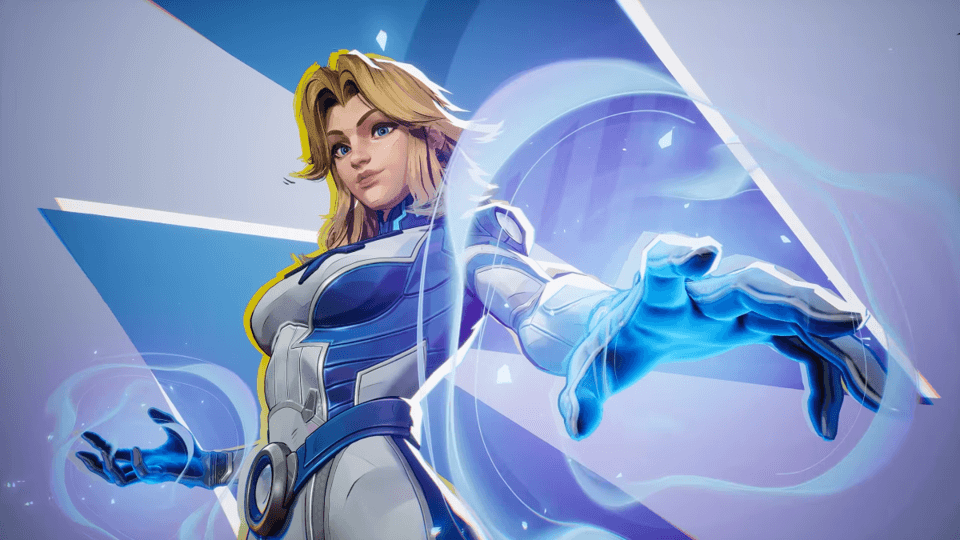
Balance is another area where Marvel Rivals takes an unconventional approach. Instead of trying to equalize everything to an unrealistic degree, it embraces imbalance. Some heroes in Marvel Rivals will be stronger, some team-ups will be meta-defining, but that’s why hero bans exist. This keeps matches unpredictable while allowing for strategic adaptations. Overwatch 2, by contrast, has been in a perpetual cycle of nerfs and buffs, often ruining hero identities rather than preserving them.
Destructible Environments
Marvel Rivals introduces something Overwatch never dared, destructible environments. Maps are no longer static arenas but dynamic battlegrounds. Structures crumble, walls break, and paths change based on the chaos unfolding. This forces players to think beyond simple map control. Instead of spamming abilities into a choke point, teams must adapt in real time as their surroundings shift.
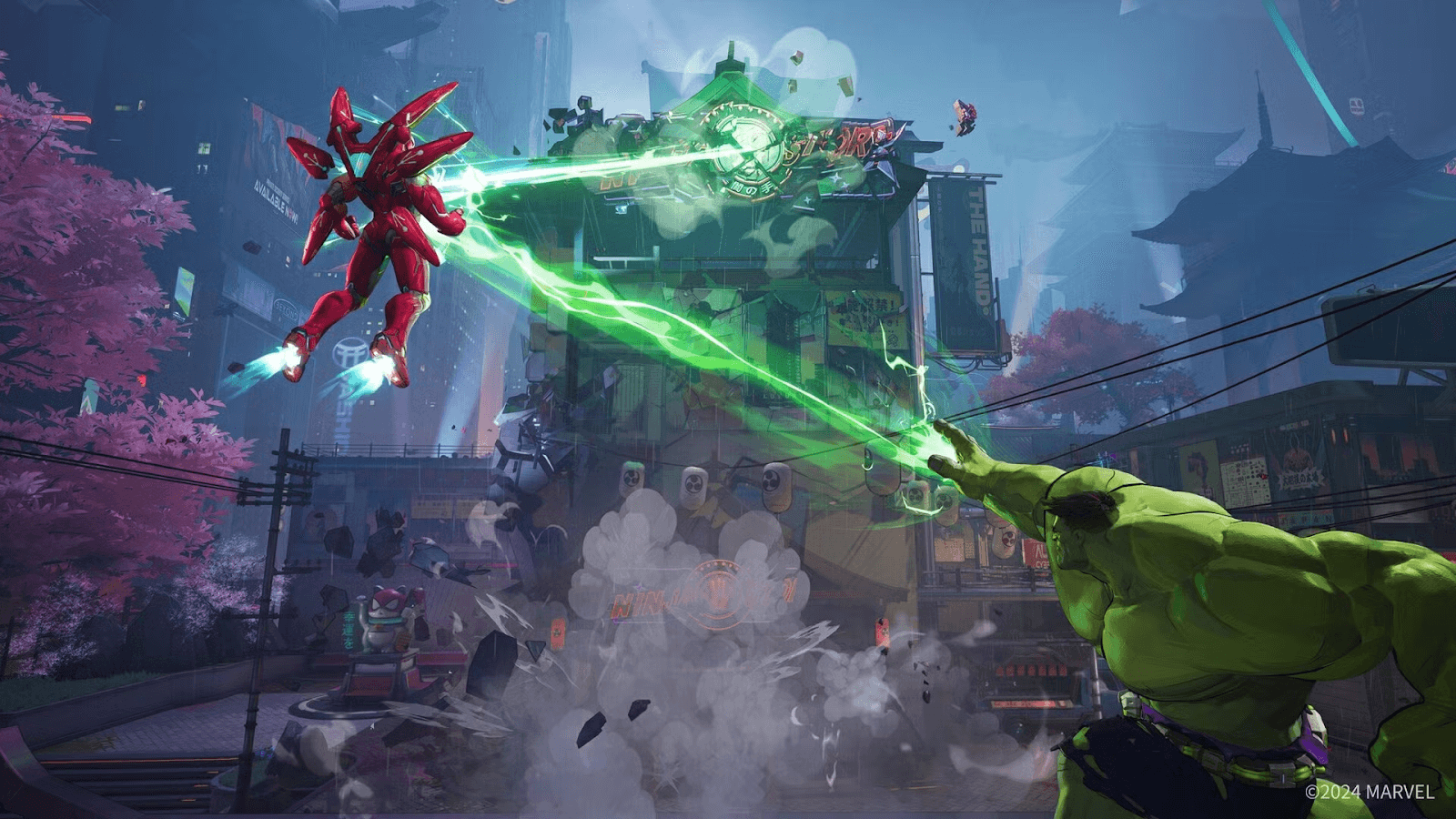
Overwatch 2’s maps, while beautifully designed, feel rigid. There’s no sense of real-time evolution. The fight always plays out the same way, and choke points rarely change. In Marvel Rivals, you shape the battlefield. It’s a level of immersion that Overwatch never achieved.
Game Modes That Actually Matter
Marvel Rivals launches with three core modes, Convoy, Domination, and Convergence. These aren’t just re-skinned Overwatch modes; they offer unique pacing and objectives. Convoy, for example, isn’t a simple payload push but a multi-stage mission, requiring teams to adapt strategies mid-game.
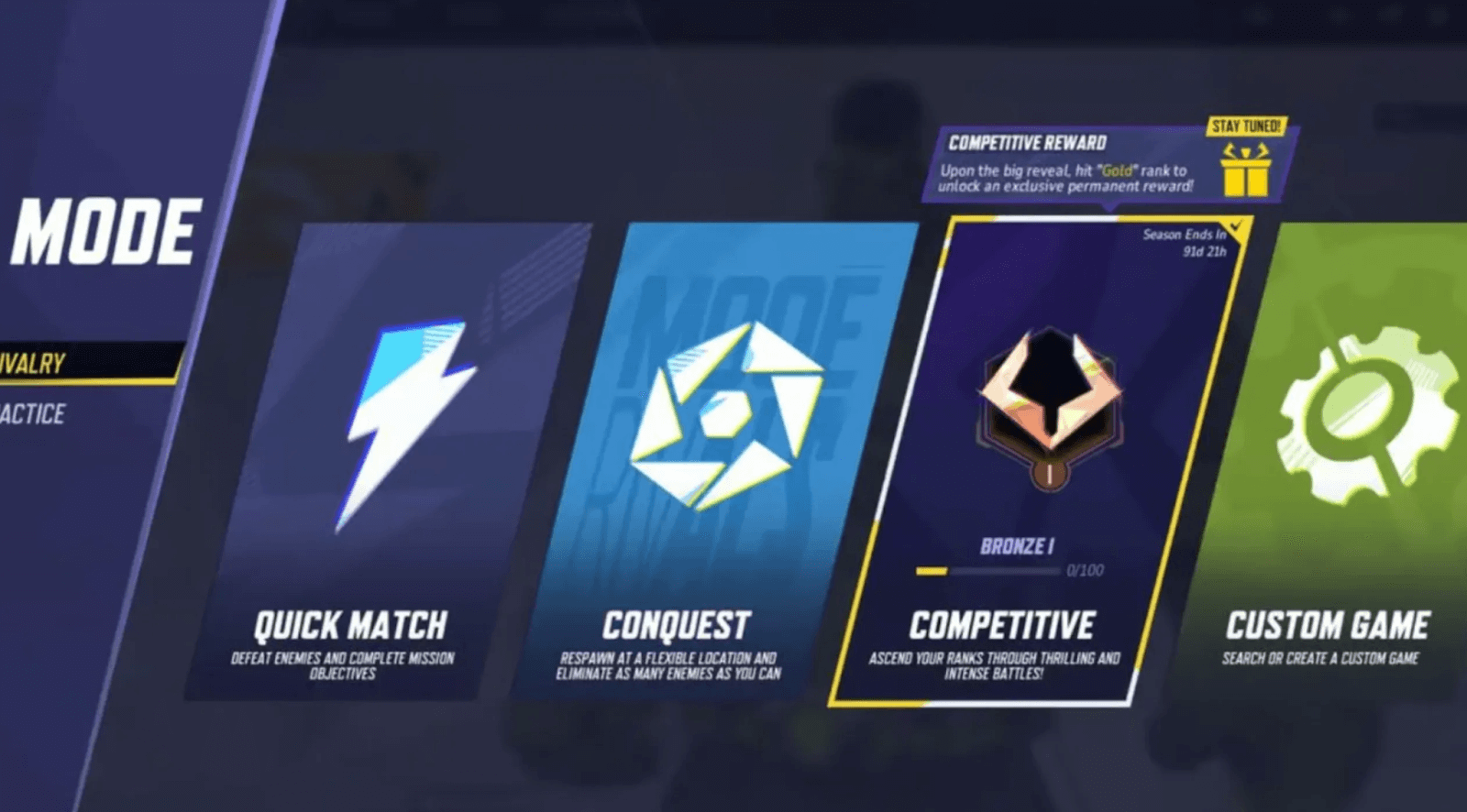
Overwatch 2 still relies on its aging mode structure. Push, one of its newer additions, was meant to replace 2CP but ended up feeling frustrating and snowball-prone. Blizzard’s reluctance to innovate in core gameplay has left the experience feeling stale. Marvel Rivals, on the other hand, introduces modes that encourage different team compositions, forcing players to rethink how they engage with the game.
Hero Shooter Meets RPG Elements – Marvel Rivals vs Overwatch 2
One of the boldest moves Marvel Rivals makes is the introduction of skill trees. Players can upgrade their characters over time, strengthening them in specific areas. This allows for customized playstyles, something Overwatch 2 abandoned when it scrapped PvE talent trees.
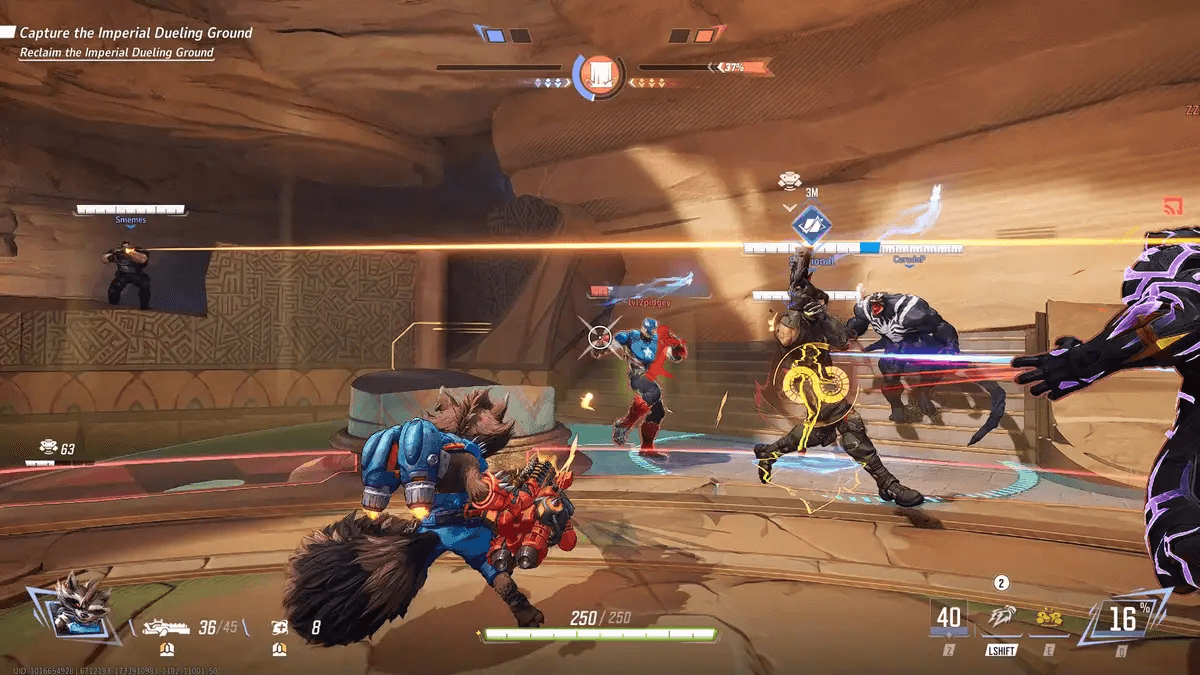
Blizzard once planned similar RPG elements for Overwatch 2’s PvE, but the project was ultimately canceled. Marvel Rivals now delivers on that promise, giving players progression-based depth beyond cosmetics and competitive rank.
Problem Blizzard Can’t Fix
Overwatch 2 suffers from an identity crisis. The casual community wants fun, chaos, and engaging lore. The competitive community wants balance, deep strategy, and a rewarding ranked system. Blizzard has failed to satisfy either side. Competitive play lacks meaningful rewards, while casual events feel underwhelming. Meanwhile, Marvel Rivals lets players dictate the experience. Hero bans allow casuals to remove frustrating picks, while competitive players can focus on skill-based counterplay.
Blizzard’s balancing philosophy has always been reactive, driven by loud voices rather than fundamental design principles. Marvel Rivals sidesteps this by clarifying that some heroes will be strong, some will be broken, and that’s okay. This keeps the game unpredictable and exciting.
Crossplay, Monetization, and Longevity
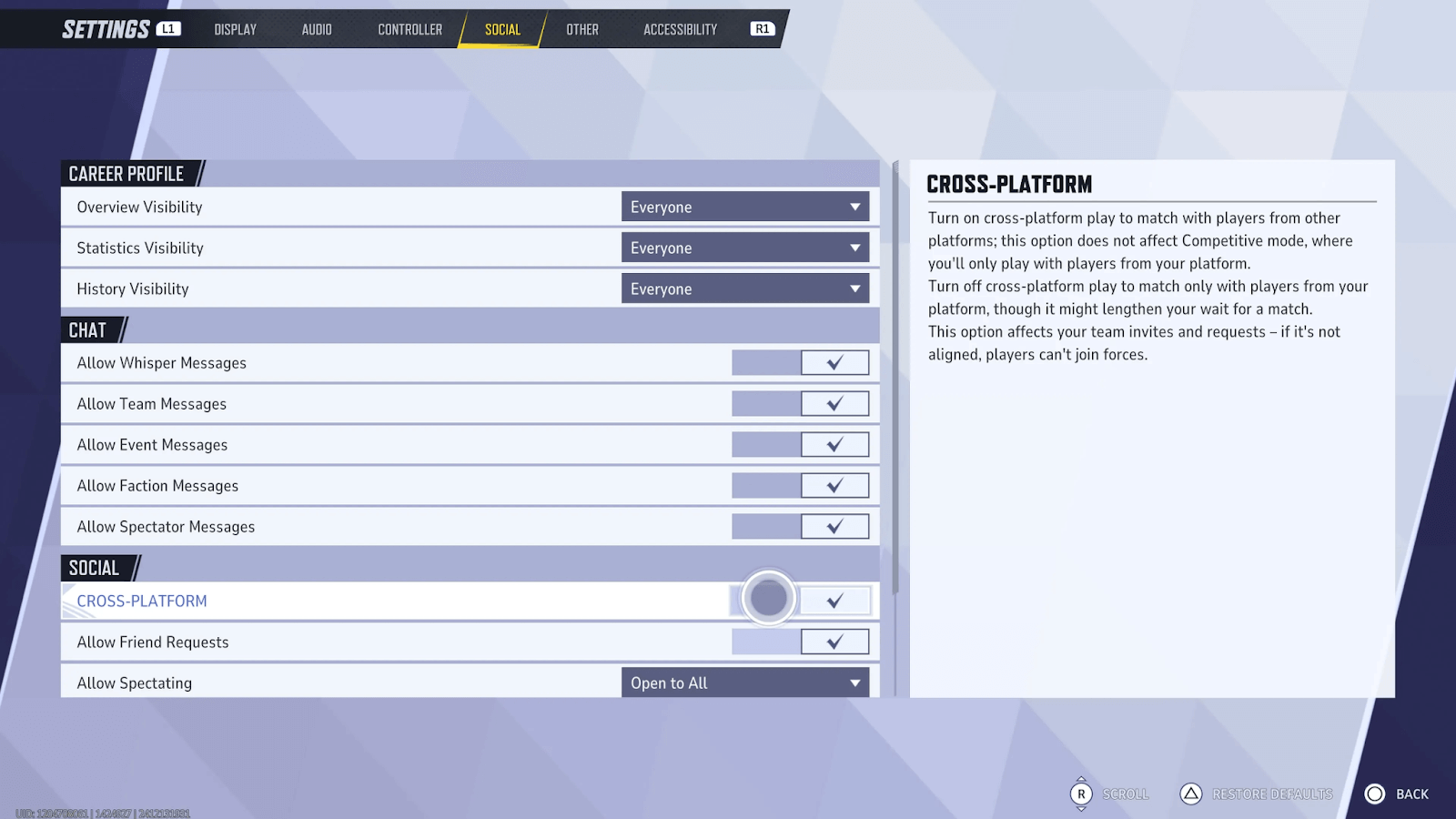
Marvel Rivals supports crossplay in casual matches but separates PC and console players in ranked mode to maintain fairness. Overwatch 2 forces crossplay in most modes, creating an unfair skill gap between controller users and mouse-and-keyboard players.
Then there’s monetization. Overwatch 2’s battle pass and overpriced skins have alienated players. Marvel Rivals offers a more generous system, letting players earn meaningful unlocks through gameplay rather than forcing microtransactions.
Final Verdict
Overwatch 2 still has a strong foundation, but it’s stuck in a cycle of trying to please everyone and satisfying no one. Marvel Rivals breaks free by focusing on what makes hero shooters fun, unpredictability, powerful hero abilities, and dynamic team play.
Overwatch 2 is stuck in the past, but Marvel Rivals is pushing hero shooters forward. If you’re ready to dominate, get Marvel Rivals Accounts and jump straight into ranked play. No grinding, no waiting, just pure action with a high-level account. Pick your account and start playing like a pro.
The battle for the top hero shooter is shifting. Marvel Rivals vs Overwatch 2 isn’t just a comparison, it’s a warning. If Blizzard doesn’t act fast, Marvel Rivals might become the new king of the genre.
Latest Posts

